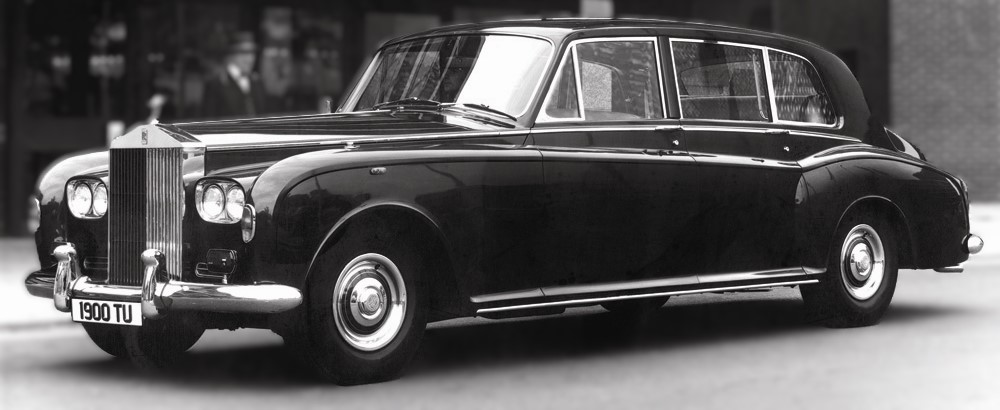
Every generation up to Phantom VI was essentially a rolling chassis. The bodies were built to the owner’s individual requirements by some of the most famous and prestigious names in British and European coachbuilding. While this was normal practice in the luxury automotive world, Phantom stood apart through its ability – thanks to Royce’s engineering genius and the excellence of the chassis’ components and construction – to carry coachwork of the very finest quality, weight and complexity.
At every stage in Phantom’s development, owners exploited its potential to the full, creating some of the most magnificent, eye-catching and radical motor cars ever to grace the road. And since the chassis and body were separate, it was possible for a subsequent owner to change the car’s appearance to suit their own taste and requirements.
Many Phantoms took on more than one guise over their long, often globe-trotting lives: in some cases, they were merely repainted; in others, the whole car was rebuilt from the chassis upwards, taking on an entirely new form and character. And for all their extraordinary diversity, every one of the examples shown below is a true Rolls-Royce in terms of its underlying engineering, materials and construction, performance, ride quality and comfort – and, above all, in being exactly as the owner wanted it.
Rolls-Royce Phantom VI, 1968–1990
A total of 16 State Landaulettes have been built since the body style was interoduced in 1965. five on Phantom V chassis and 11 on the Phantom VI chassis
The Phantom VI was an ultra-exclusive Rolls-Royce model made from 1968-1990. 374 produced. A 4-door limousine, available in both standard and extended wheelbase versions. Traditional body-on-frame construction, allowing for custom coachwork. Many were built with custom bodies by renowned coachbuilders such as H.J. Mulliner Park Ward, Hooper, and others, making each car unique.
The Rolls-Royce Phantom VI is another prestigious model in the lineage of Rolls-Royce Phantoms, known for its opulence and association with royalty and state dignitaries. The interiors were bespoke, tailored to the customer’s preferences with the finest materials, including Connolly leather, Wilton carpeting, and exquisite wood veneers.
- Production Years: 1968 to 1990
- Total Produced: Approximately 374 units
- Assembly: Crewe, England
- Engine:
-
- Initially featured a 6.2 L V8 engine (1968-1978)
- Later models were equipped with a larger 6.75 L V8 engine (1979-1990)
-
- Transmission: 4-speed automatic transmission, later models featured a 3-speed automatic transmission
- Suspension: Independent front suspension with coil springs, and a live rear axle with semi-elliptic leaf springs.
- Brakes: Servo-assisted drum brakes initially, with disc brakes on later models.
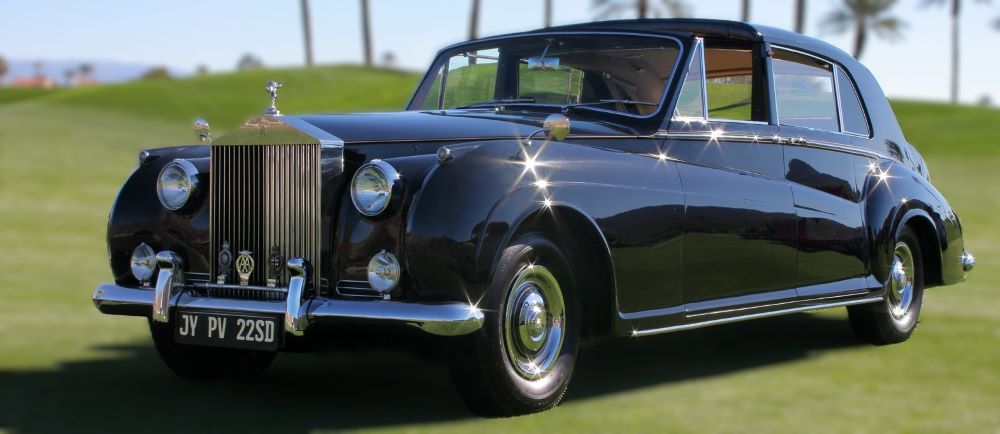
In 1959, the marque launched Phantom V, equipped with its most up-to-date V8 engine. In 1967, the car underwent subtle technical changes that were deemed, at the very last minute, sufficient to justify its redesignation as Phantom VI.
Of the 832 total Rolls-Royce Phantom V’s built between 1959 and 1968, James Young made 217 bodies. Park Ward, owned by Rolls-Royce, made 607 bodies. In 1962, H. J. Mulliner & Co. was merged by Rolls-Royce with Park Ward to form Mulliner Park Ward. Prior to the merger, eight Phantom Vs had been made by H.J. Mulliner.
By 1968 the only true coachbuilder left in Britain was Rolls-Royce’s own in-house company, Mulliner Park Ward. These magnificent cars soldiered on through the mid-1980s, until production dwindled to a mere two or three cars a year, and finally ceased altogether in 1992.
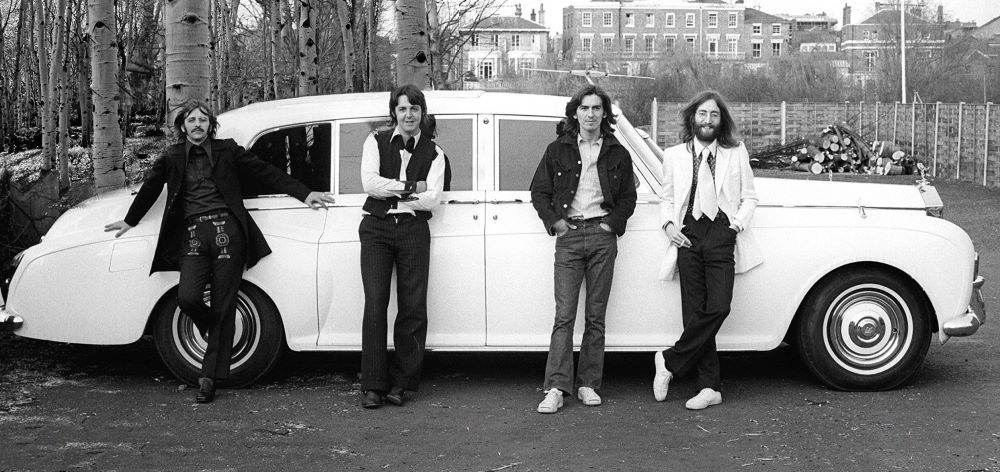
1965 Phantom V (5VD63)
This Phantom was originally owned by Wing Commander Patrick Barthropp. In 1968, John Lennon purchased the car from Barthropp coinciding with the launch of The Beatles’ White Album. In September 1969 he sold the car to Allen Klein, an American businessman. The car appeared in the Oscar-winning film Georgy Girl (1966), the classic Let It Be (1970), starring The Beatles, Performance (1970), featuring Mick Jagger, and then prominently featured in The Greek Tycoon (1978) starring Anthony Quinn.
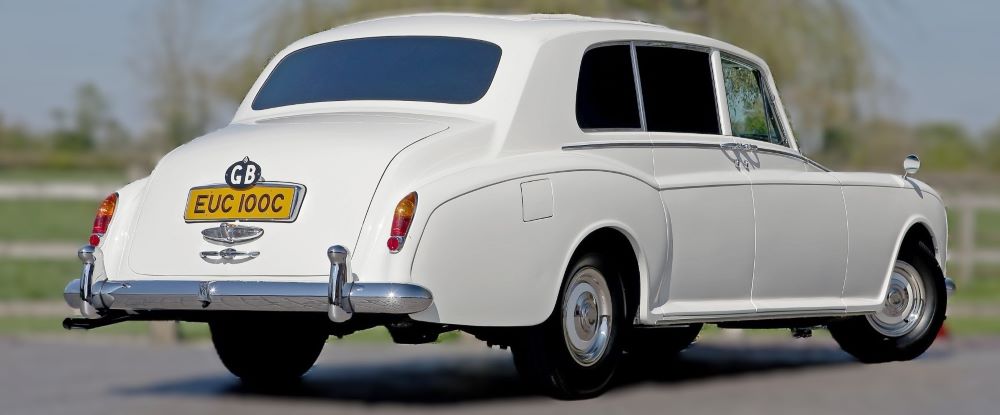
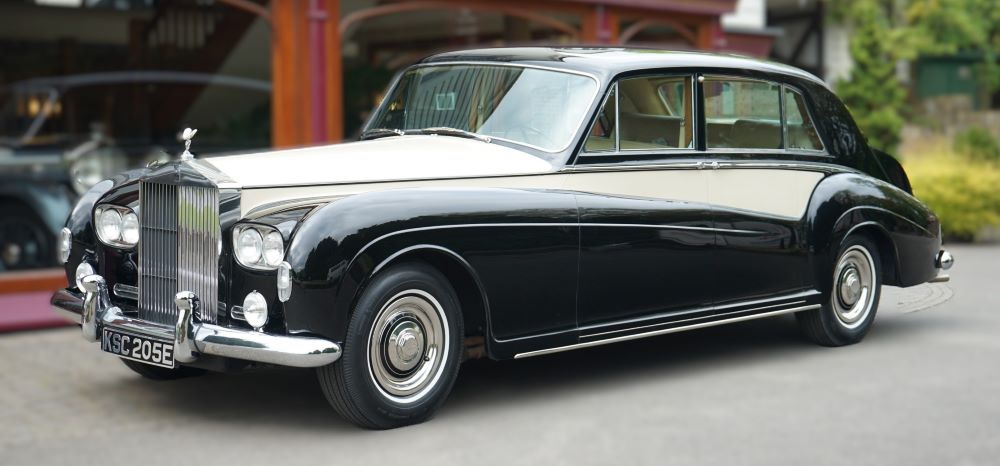
1966 Phantom VI (5LVF65)
James Young, established in 1863, is renowned for creating some of the most elegant coachwork to ever grace a motor car chassis. Perhaps the pinnacle of their achievements was realised in their PV23 design, developed especially for the Rolls-Royce Phantom V chassis, with 22 such bodies being built.
This model was usually finished in black, but for 5LVF65 the lighter shade of Ivory further enhances the classic elegance of every curve and line from the pen of its acclaimed designer, A. F. McNeil. The interior contains a remarkably spacious rear compartment, with the finest cabinetry work below the division glass. Champagne cloth to the rear compartment is chosen for greater comfort than the similarly coloured and more resilient leather that the chauffeur would enjoy

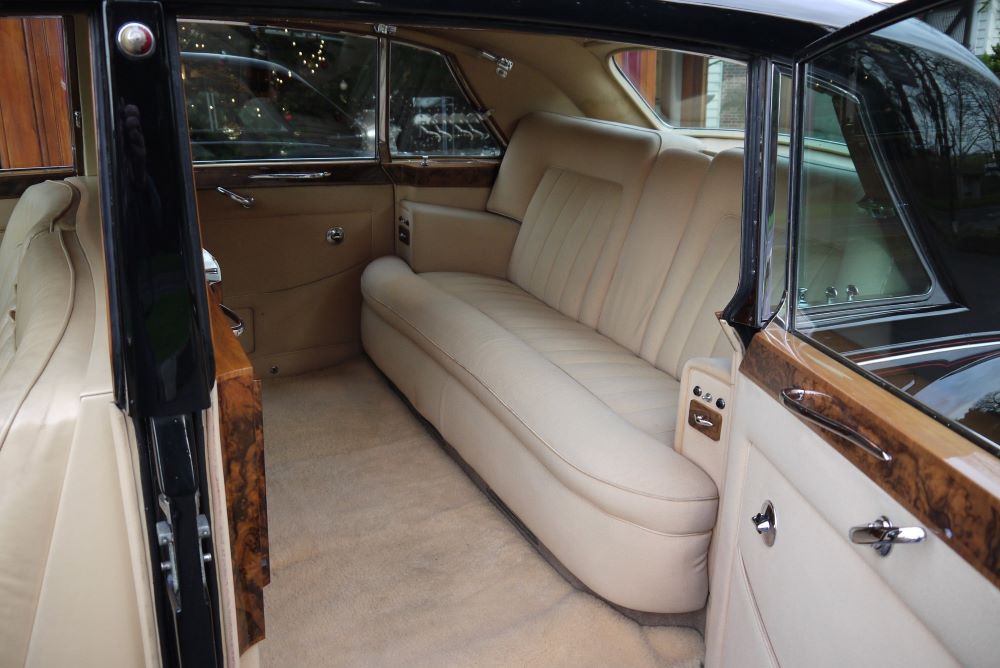


1967 Rolls-Royce Phantom V (5VF51)
Built by coachbuilder Park Ward with identical Mulliner Park Ward specifications as John Lennon’s famous ‘psychedelic’ 1965 Phantom V and Sold new by H.R. Owen, This all original Phantom V RHD John Lennon Tribute Car has a full body wrap to match Lennon’s ‘identical psychedelic’ Phantom V.


The British Royal Family was an early adopter of the ‘finest cars in the world’: Edward VIII bought his first Rolls-Royce in 1919 and went on to own a further nine. The connection strengthened further in 1950 when the then Princess Elizabeth and Prince Philip took delivery of the first Phantom IV just after their marriage. Twenty-seven years later, to celebrate The Queen’s Silver Jubilee year, this PhantomVI was presented to Her Majesty, and served as her principal state car until 1992. It made a memorable reappearance in 2011, when it brought Kate Middleton and her father to Westminster Abbey for her marriage to Prince William.
The car is custom-built, with a number of features specially designed for its unique role. As part of the royal fleet, it’s finished in Royal Claret Livery and does not require a registration plate. When The Queen was aboard, the Spirit of Ecstasy was replaced by the royal mascot: a fitment over the windscreen held her personal silver coat-of-arms and flag. The raised roofline accommodates an enormous expanse of toughened glass, enabling The Queen to see and be seen by the crowds lining her route.
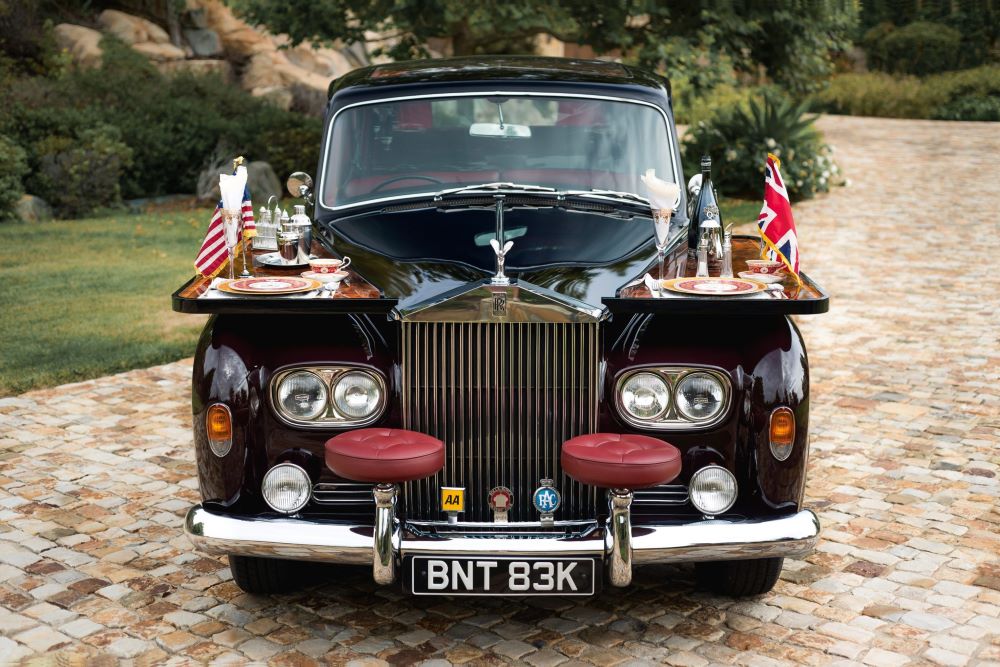
Phantom VI limousine (1972)
The Phantom VI was the last Rolls-Royce model to be constructed with a separate chassis, and was thus the swansong of the coachbuilder’s art. This example was designed and built by H. J. Mulliner, Park Ward Ltd, then a wholly-owned subsidiary of Rolls-Royce. Much like a modern-day Bespoke Collection car, it was based on the production model, but included numerous additional features specified by the customer. Indeed, so lavish and comprehensive were the enhancements that the marque produced a special promotional brochure for prospective patrons based on this motor car, highlighting the scope of its bespoke capabilities.
In addition to flower vases, a state-of-the-art sound and television system and a refrigerator for cooling wines and picnic food, the car was equipped with burled walnut picnic tables. Stored in the boot, these could be fixed to the front wings for alfresco dining; driver and passenger perched on a pair of ‘toadstool’ seats clipped to the front overriders.
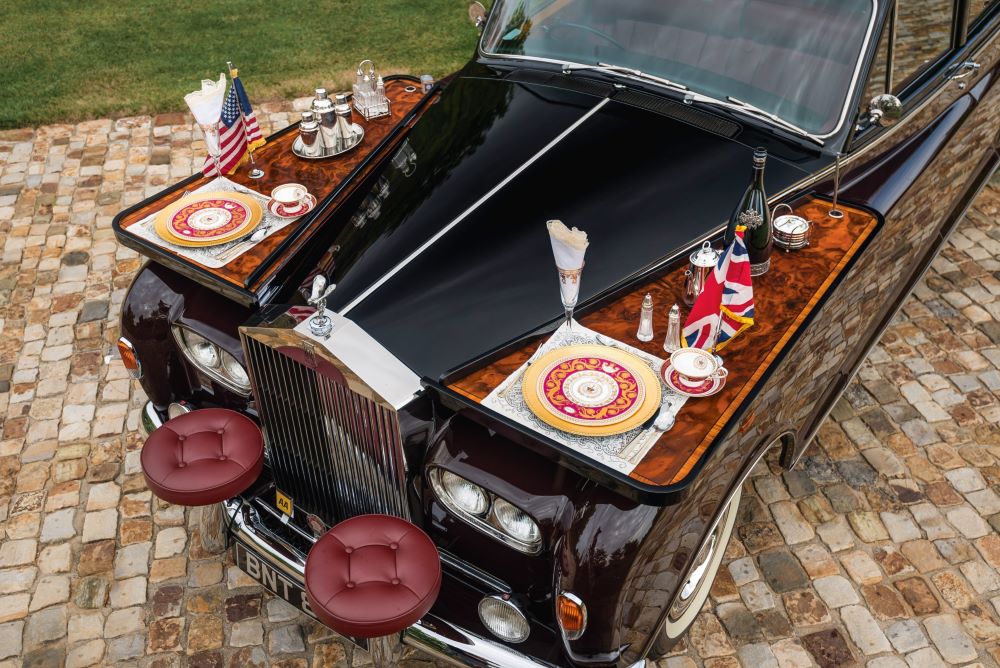


You must be logged in to post a comment.